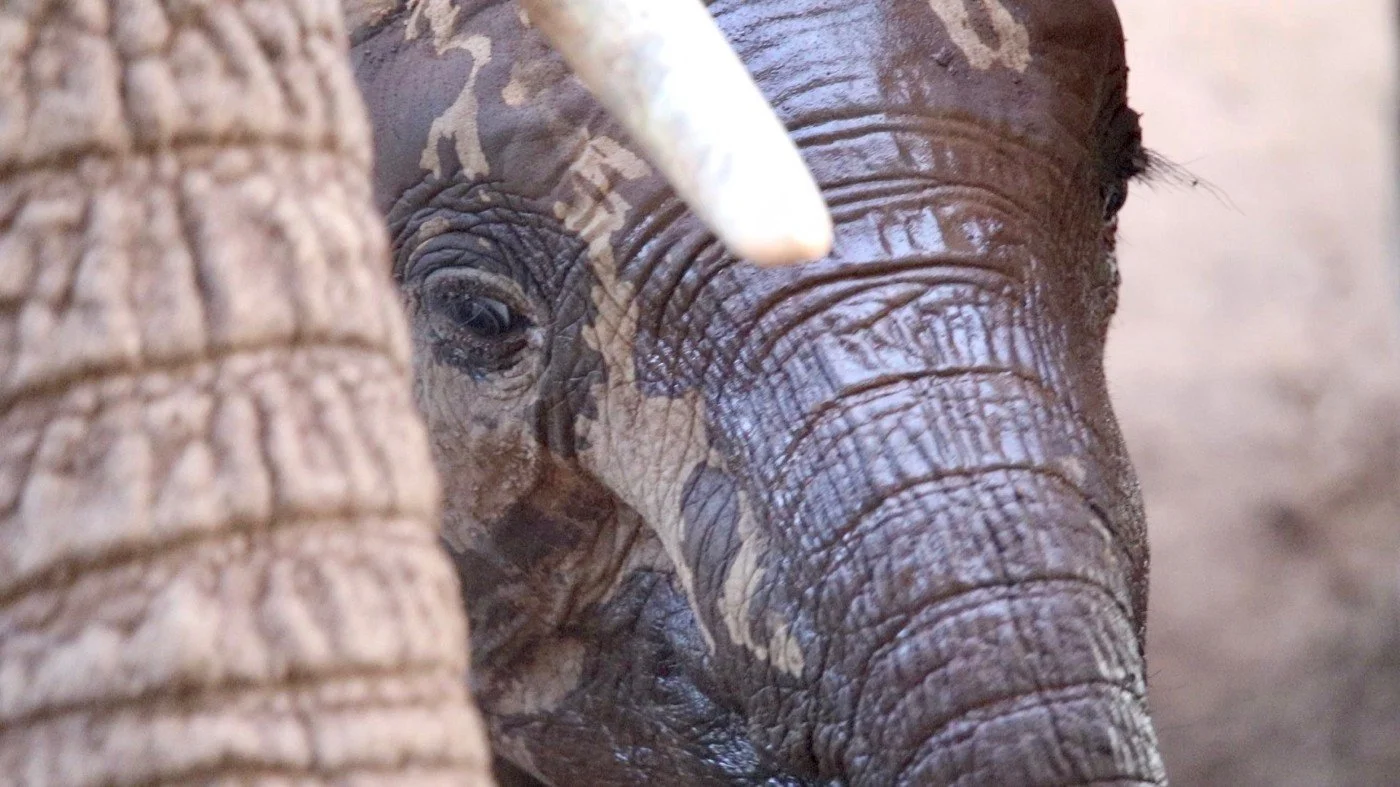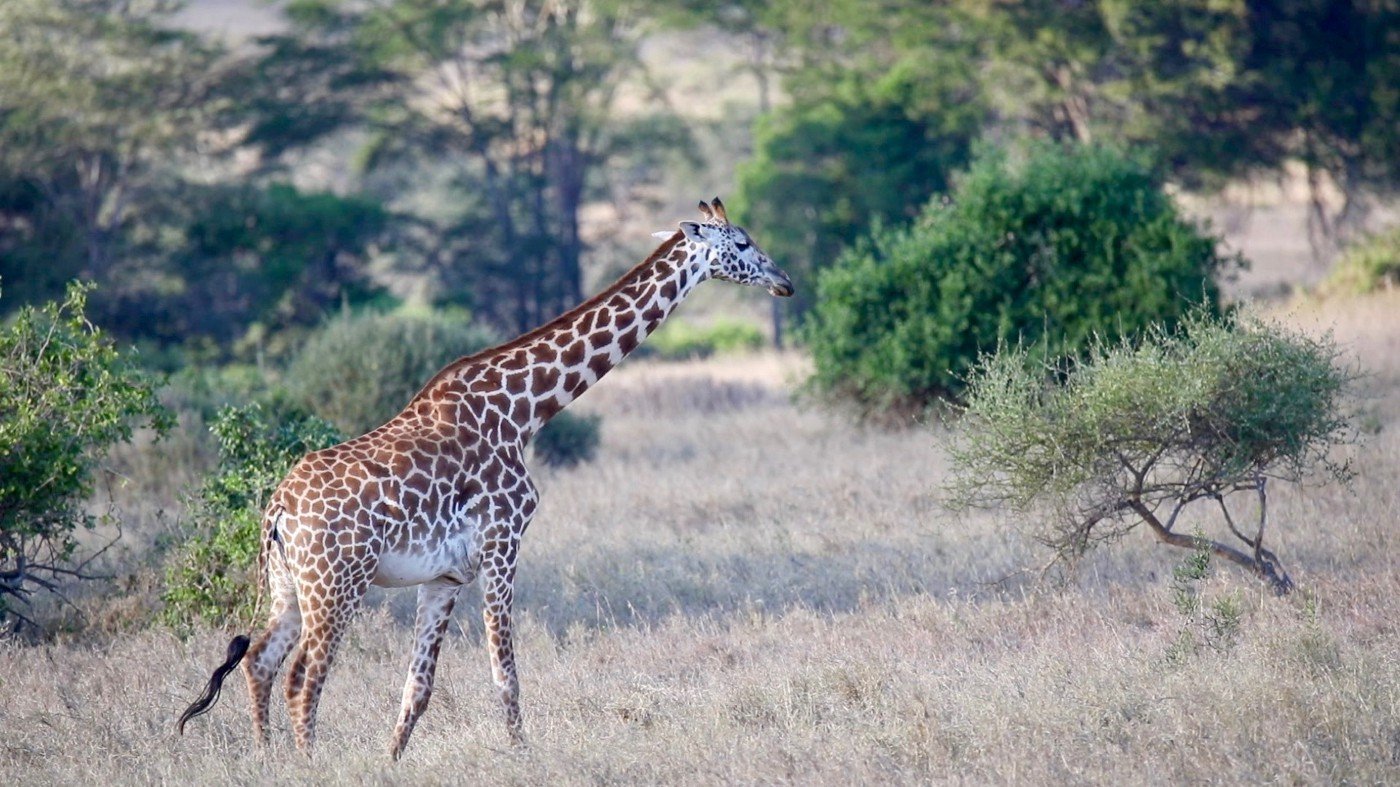Fragile Sanctuary
The delicate balance required by Community-owned Conservancies in providing vital sanctuary for East Africa’s wildlife
A multimedia story by Rupert Bedford
Published on Jul 18, 2019
Community-owned Conservancies are part of a vital network of wildlife corridors used by East Africa’s big animals, and provide sanctuary for a huge variety of wildlife, as well as directly benefiting the local people. However their ecosystem is often fragile and there is a delicate balance involved in conserving wildlife alongside open cattle ranches.
Elephants continue on their journey after stopping for a much needed break at a watering hole in LUMO Conservancy (below)
LUMO Community Wildlife Sanctuary is part of a major Elephant migration route in the Tsavo area of Kenya, involving a five or six hundred kilometre trek two or three times a year. It also provides sanctuary to big cats such as Lion, Leopard and Cheetah as well as a huge variety of plains game and other animals.
The Conservancy is a genuine community project. It came into being in 1997 when three of the cattle ranches situated in the Tsavo West Zone namely Lualenyi, Mramba and Oza merged to form a wildlife conservancy. Owned by over 5000 shareholders from the local community, its income — from gate fees, lodge lease fees and guest fees — goes, in part, to directly supporting local community projects.
In this way the local community has a direct stake (and voice) in the running of LUMO and, as such, it potentially represents a more sustainable model of conservation over the long term.
However, the ‘open ranch’ conservation model is not without its challenges.
Iain Leckie is a third generation Kenyan who runs the only game lodge in the Conservancy, Lions Bluff. He is a passionate conservationist. And as such he worries about the increasing number of fences going up in the region. But it is the more immediate issue of overgrazing at LUMO that is currently focusing his mind.
“The key thing to appreciate”, Iain emphasises, “is that these are still working ranches and we mustn’t forget that. In an ideal world there would be huge chunks of Africa dedicated to wildlife only. The reality is that you have to blend it with the working ranches.
Iain explains that the old hunting blocks were issued by former President Kenyatta into group ranches and the idea was that the ranches, which serve as vital buffer zones around the National Parks, would be owned by the local tribes.
With little annual rainfall, the landscape is delicate
Now what has tended to happen, and LUMO is not unique in this, it’s a Kenyan problem, is individuals will bring in far too many cows and not pay the community through the ranch system for the grazing rights. So that brings in now, straightforward financial conflict with the owners. Individuals who may be shareholders bringing in too many cows do not pay the community and ruin the delicate landscape, so its a lose lose situation for the next generation definitely.
So the community have to get this balance right, and there are lots of wildlife experts out there who can help them, guide them, into grazing plans, into use of land, use of water, but at the end of the day the community has to do it themselves. And that’s the issue.”
Ludovika Malemba, LUMO Ranger
One person who knows all about the challenges and rewards involved in running a community conservancy is Ludovika Malemba. She is something of a trail blazer for female wildlife rangers and has worked as a Ranger at LUMO for the past 17 years.
Like the other Rangers, Ludovika is herself from the local Taita community and she says that this helps in resolving issues such as overgrazing and human-wildlife conflict. She emphasises the importance of the community awareness and education work they do.
“If we don’t involve community members, they’ll not see the importance of conservancy. They’ll come and destroy our environment, maybe cutting trees for charcoal burning, collecting them for firewood, poaching our animals — so we must involve them”
Superb Starling — one of Kenya’s iconic birds
Ludovika is proud to be one of the three female rangers at LUMO out of a total of fourteen.
“I always encourage them [girls] that what a man can do, a woman can do. If I am able to go for patrol with a man and come back without being tired or defeated, then why not them…”
Mongoose and Lizard share a termite mound
The threat of poaching is an ever present issue across East Africa but, for the time being, it appears to be under control around LUMO and this may be, in part, due to the close relationship that the reserve has with the local community. But John ILume, Chairman of the LUMO Committee, is keen to emphasise that this is a cross border issue.
“I was recently in Tanzania and we agreed that as Kenyans, Tanzanians we have to partner together. These Elephants don’t know the boundaries. When they come into Kenya, let’s take care of them. When they move into Tanzania, let’s take care of them.”
A Herd of Buffalo in LUMO Conservancy
Despite the challenges ahead, Iain Leckie is hopeful for the future, but emphasises that the system is delicate.
“I think we all forget that we get very little rain. Our area we’re lucky if we get about 22 inches of rain. In other ranch areas its averaging 12 inches. So if through no tourism or no wildlife other farming techniques come in, the land probably won’t be able to cope and we’ll end up turning chunk after chunk of it into desert.
So we need to keep that blend. Yes they are ranches by profession, they should be ranching, but the correct numbers and the correct locations, just like their grandfathers — you move with the water, you move with the grazing. And the wildlife will do the same automatically if we don’t fence it.
We have to preserve it.”
All images © Rupert Bedford
Rupert Bedford is a UK based journalist and documentary maker.
© RB Media.
If you are interested in publishing this story please contact Rupert at rupert.bedford@rbmedia.org









